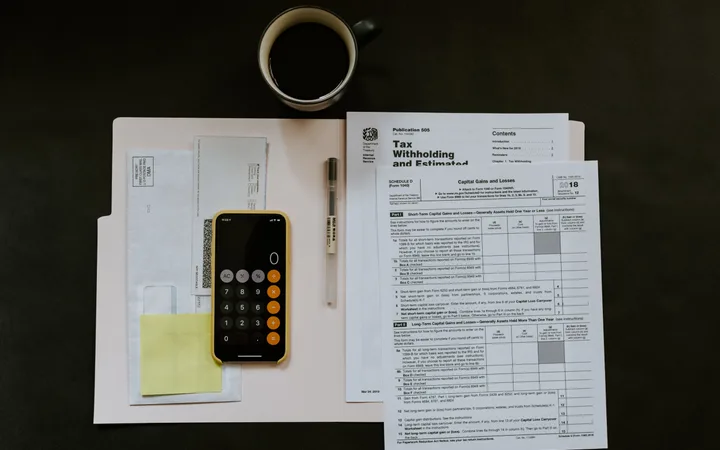Did you know that you might be entitled to tax relief on profits earned from your patented inventions? It has been five years since the UK government introduced its ‘Patent Box’ scheme and while take-up was initially slow, many more companies are now reaping the benefit.
Here’s some guidance to make sure you don’t miss out.
What is Patent Box? #
Patent Box is a tax break scheme designed to incentivise research and development (R&D) by applying a different tax regime to the profits earned from patented products when compared to other commercial revenues. In the UK, this means a lower rate of corporation tax can be applied to profits generated from patented products, products that include a patented component, or products produced by a patented process.
How many organisations use Patent Box? #
Initially, few organisations applied for the Patent Box. There seemed to be some inertia due to the perceived (and arguably valid) complexity of making a claim. Patent Box tax relief has also been considered by many companies to be of secondary importance to the more established and familiar R&D tax credits.
However, recently published figures however show that for the tax year 2016/2017, the tax relief claimed under Patent Box increased to £942.5 million — up by 25% from 2015/2016. This shows that many more companies are now realising the financial benefit of this tax relief.
How can I apply for Patent Box? #
Here are four considerations to help make sure that you don’t miss out on tax relief:
1. Consider obtaining a patent for tax relief purposes#
When considering whether to file a patent application directed to a new invention, consider the potential value of obtaining a patent for the purposes of obtaining tax relief under Patent Box. It may be worthwhile obtaining a patent for this reason, even if the patent has no other commercial benefit. The hurdle to obtaining a patent may not be as high as you think, so always contact your patent attorney for a chat about the patentability of a new invention.
2. Consult with your tax advisor#
Calculating Patent Box tax relief can be complex and valuable relief can be missed if the qualifying revenue is not properly claimed, so ensure that your tax advisor has experience of Patent Box claims.
3. Conduct a cost/benefit analysis#
If you already own existing UK patents or patent applications, map these to their respective products (with assistance from your patent attorney, if required) and conduct a cost/benefit analysis with your tax advisor to determine whether a beneficial claim could be made.
4. Remember to factor in the costs of obtaining a patent#
The typical cost of obtaining a patent in the UK typically varies between £4,000 and £8,000 depending on the complexity involved. These costs should be factored into your analysis of a future Patent Box claim and you should remember that the potential tax relief is in addition to the usual benefits of obtaining a patent.
What a relief #
Your Patent Box claim should be simple enough, if you put the groundwork in first. By putting together an initial analysis and consulting with your patent attorney and tax advisor, you’ll be in a good place to secure tax relief as a hard-earned reward for your creativity and innovation.
For more information about the Patent Box, please feel free to get in touch with us.





















